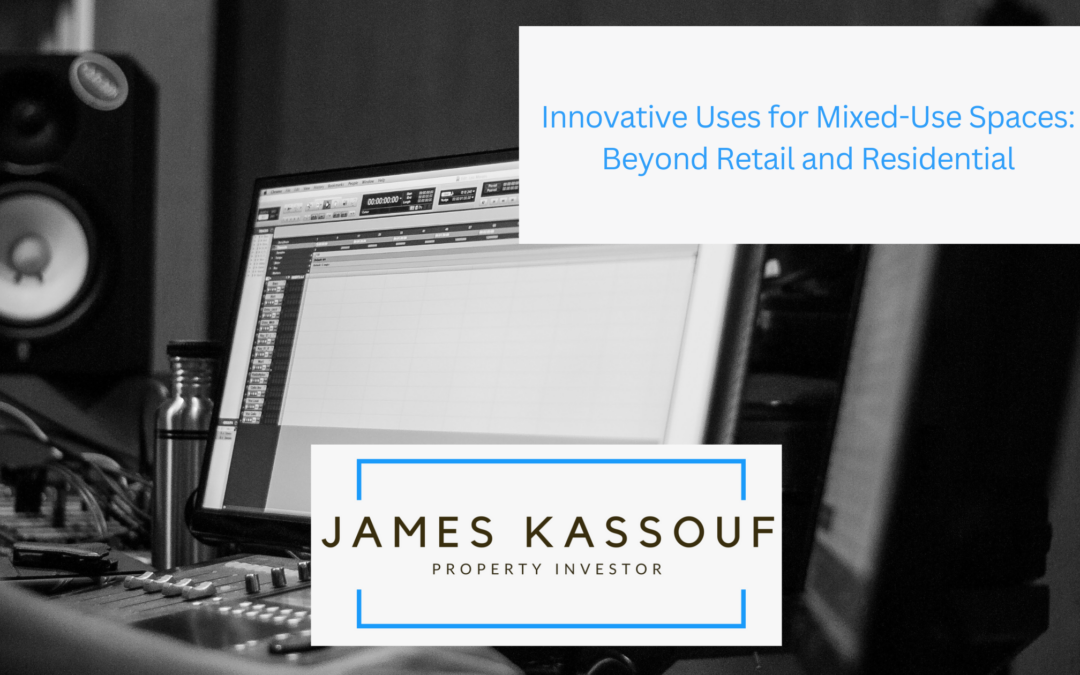Mixed-use spaces have long been recognized for their ability to blend residential, commercial, and recreational elements into vibrant communities. However, as urban landscapes evolve and demand for multifunctional environments grows, developers are exploring innovative uses beyond traditional retail and residential offerings. From creative workspaces to experiential hubs, these unconventional uses are reshaping the concept of mixed-use development and enriching the urban experience.
Co-working and Collaborative Spaces: With the rise of remote work and entrepreneurship, demand for flexible workspaces has surged. Mixed-use developments seize this opportunity by integrating co-working facilities and collaborative spaces into their designs. These shared work environments provide tenants access to professional amenities such as high-speed internet and meeting rooms and foster community and collaboration. These spaces stimulate innovation and creativity by bringing together individuals from diverse industries and backgrounds while offering an alternative to traditional office settings.
Cultural and Arts Hubs: Mixed-use developments have the potential to serve as dynamic cultural and arts hubs, enriching communities with galleries, theaters, and performance spaces. Developers can create environments celebrating creativity and expression by incorporating art studios, exhibition venues, and live-work lofts. These cultural hubs not only provide residents with opportunities to engage with local artists and performers but also attract visitors from neighboring areas, contributing to the cultural vibrancy of the surrounding community.
Wellness and Healthcare Facilities: As the importance of health and wellness continues to grow, mixed-use developments are incorporating amenities such as fitness centers, spas, and healthcare clinics into their offerings. By providing convenient access to wellness services, developers can promote holistic well-being and enhance the quality of life for residents. Additionally, integrating healthcare facilities such as urgent care centers and medical offices ensures that residents can access essential healthcare services within walking distance, fostering a healthy and sustainable living environment.
Educational and Learning Spaces: Mixed-use developments have the potential to serve as lifelong learning centers, offering educational opportunities for individuals of all ages. Developers can create environments that promote intellectual growth and lifelong learning by incorporating libraries, learning centers, and academic institutions into their designs. These educational spaces provide residents access to resources and programming, facilitating intergenerational connections and community engagement.
Urban Agriculture and Food Production: In response to growing interest in sustainability and local food production, mixed-use developments integrate urban agriculture initiatives such as rooftop gardens, community farms, and hydroponic systems. Developers can promote food security, environmental sustainability, and community resilience by incorporating food production into their designs. Additionally, these initiatives provide residents with opportunities to connect with nature, learn about food production, and participate in urban agriculture activities.

